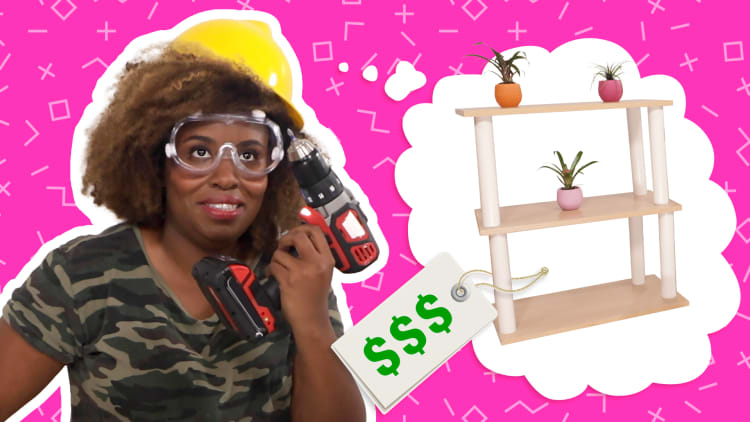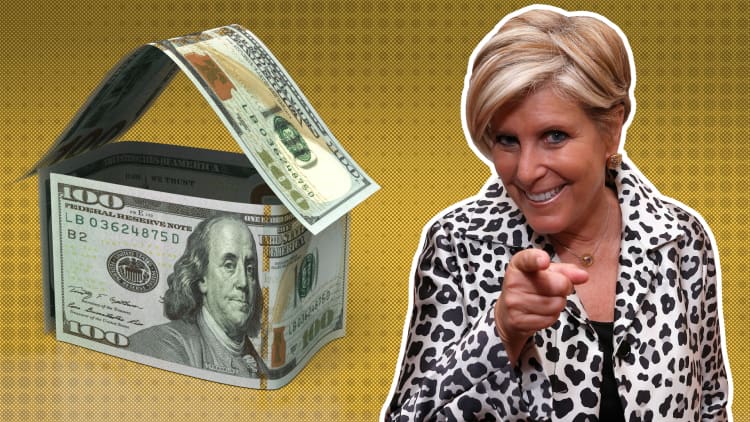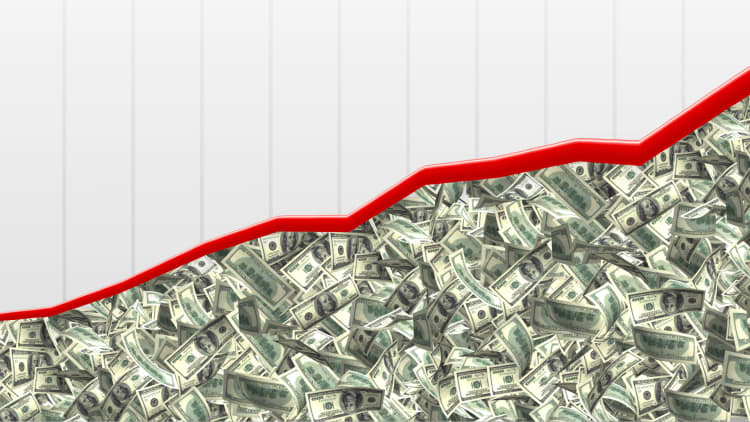Buying a house is a huge financial undertaking, and the down payment is only a start. Homeowners spent an additional $6,649 on average in the past 12 months on home improvement projects, according to HomeAdvisor’s 2018 True Cost Report.
Older generations are shelling out the most cash on upgrades. The report, which surveyed more than 1,000 homeowners across the U.S., found that boomers spent an average of $7,524 over the past 12 months, while Gen X-ers spent $6,582 and millennials just $5,693.
However, young people are getting the most done: Millennials completed 18 percent more projects than Gen X-ers and 42 percent more projects than boomers. That’s because millennials often can’t afford to buy bigger, nicer homes, so they’re settling for fixer-uppers they can upgrade themselves.
“Most millennials have had to compromise on the size and condition of their starter homes — with many purchasing older homes in need of repair just to be able to afford home ownership,” Brad Hunter, HomeAdvisor’s chief economist, said in the report. “Many of the millennials who did buy a home in the last few years are seeking to upgrade. But a lack of housing inventory, coupled with inflated home prices and rising mortgage rates, has them renovating their existing homes instead of selling and moving.”

About two-thirds of homeowners plan to spend just as much or more in the next year on improvements. Popular projects include everything from maintaining a lawn ($141 on average) to painting the exterior of the home ($2,771 on average) to remodeling the kitchen ($22,145 on average).
Millennials are leading the charge: “The popularity of repair and maintenance projects, peppered among larger-scale upgrades such as bathroom remodels, exterior painting, landscape installations and kitchen remodels, is indicative of the millennial influence and the trend towards continued home improvement growth,” the report says. “More homeowners are choosing to remain in and improve their existing homes rather than sell and move into new homes.”
It’s important to keep these extra costs in mind before buying a place. Homeowners should already expect to pay 10-to-20 percent of the price of the home each year on expenses such as mortgage payments, insurance, utilities, taxes and maintenance, Cathy Derus, CPA and founder of Brightwater Financial, tells . Renovations or repairs will cost even more on top of that.

If you’re considering buying a fixer-upper, remember to factor in all the additional costs and keep in mind that you don’t want to have to draw on emergency savings. "Scraping by is no way to live your life," Eric Roberge, a CFP and founder of Beyond Your Hammock, tells CNBC Make It, adding, "Although it may feel like it, buying a home will not magically make your life better."
In many cases, settling for a smaller house in a nicer neighborhood might make sense for your budget. But be realistic about the types of DIY projects you can take on.
After all, "in many cases, there is a significant difference between what homeowners anticipate spending on planned projects and what homeowners report spending on those projects," HomeAdvisor reports. "Actual costs may exceed anticipated costs by two-, three- and even four-fold or more."
Don't miss: Austin seems great for tech jobs—there's just one problem
Like this story? Subscribe to CNBC Make It on YouTube!



